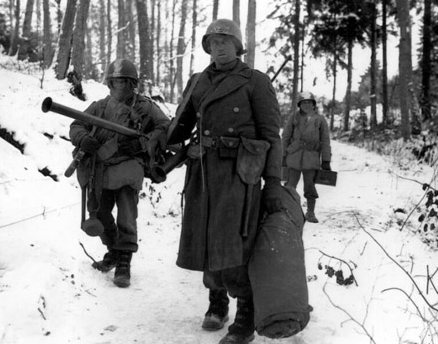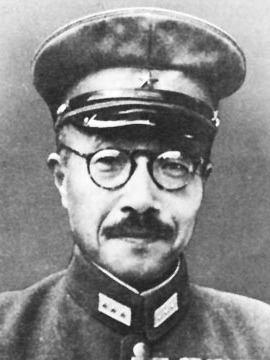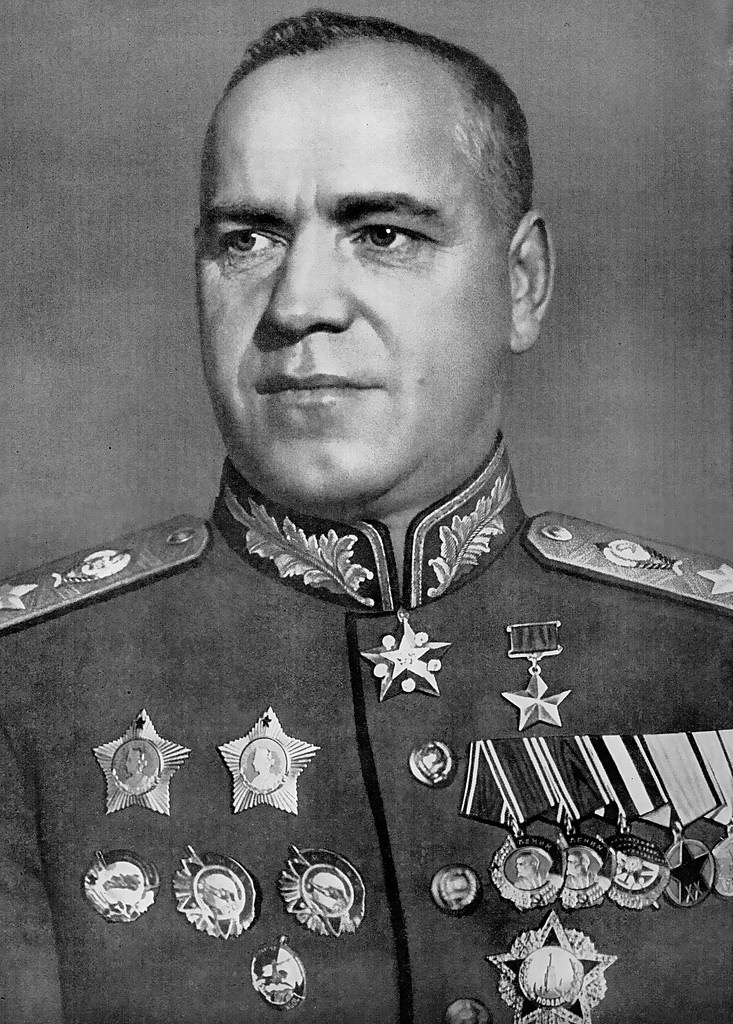30 January 1945 – nine hours after leaving port and seventy minutes after being hit, the huge liner, the Wilhelm Gustloff, slipped under the waves and sunk.
 A small fleet of ships and boats arrived on the scene and managed to pluck a few survivors from the icy waters and rescued many of those on the lifeboats. Over a thousand were rescued but… an estimated 9,343 people died, half of them children – six times the 1,517 that died on the Titanic in 1912.
A small fleet of ships and boats arrived on the scene and managed to pluck a few survivors from the icy waters and rescued many of those on the lifeboats. Over a thousand were rescued but… an estimated 9,343 people died, half of them children – six times the 1,517 that died on the Titanic in 1912.
The sinking of the Wilhelm Gustloff remains the biggest maritime disaster in history.
We have all heard of the Titanic. A century after that fateful night, the disaster remains within our global consciousness. Even before James Cameron’s epic 1998 film, we knew of the iceberg, the “women and children first”, and the band that played on.
But how many of us have even heard of the Wilhelm Gustloff?
The Luxury Liner
 The ship was named after the assassinated leader of the Swiss Nazi Party (yes, Switzerland in the 1930s had its own Nazi Party), murdered in his own home in February 1936 (Wilhelm Gustloff, pictured).
The ship was named after the assassinated leader of the Swiss Nazi Party (yes, Switzerland in the 1930s had its own Nazi Party), murdered in his own home in February 1936 (Wilhelm Gustloff, pictured).
The ship, the Wilhelm Gustloff, weighing 25,000 tons and almost 700 feet in length, was an impressive sight and could carry almost 2,000 passengers and crew. Launched in 1937, it began its life as a luxury cruise liner for the German workers of Hitler’s Third Reich, and, until the outbreak of the Second World War, had sailed over fifty cruises.
Wartime
For the first year of the war the Wilhelm Gustloff served as a hospital ship before being held in dock in the port of Gotenhafen on the Baltic coast (modern-day Gdynia) where, until early 1945, it served as barracks for U-boat trainees.
 But whereas Anne’s diary is a carefully kept journal over a period of two years, Tanya’s was little more than a few scribbled lines over six sheets of notepaper.
But whereas Anne’s diary is a carefully kept journal over a period of two years, Tanya’s was little more than a few scribbled lines over six sheets of notepaper. Reinhard Heydrich
Reinhard Heydrich Galeazzo Ciano’s father had made a name for himself as an admiral during the First World War. An early supporter of Benito Mussolini’s, he built his fortune through some unethical business deals. Thus, Galeazzo, born 18 March 1903, was brought up in an environment of wealth and luxury, and inherited his father’s love for fascism. Father and son both took part in Mussolini’s 1922 ‘March on Rome’.
Galeazzo Ciano’s father had made a name for himself as an admiral during the First World War. An early supporter of Benito Mussolini’s, he built his fortune through some unethical business deals. Thus, Galeazzo, born 18 March 1903, was brought up in an environment of wealth and luxury, and inherited his father’s love for fascism. Father and son both took part in Mussolini’s 1922 ‘March on Rome’. Born in Tokyo on 30 December 1884, Hideki Tojo, the son of a general, was brought up in a military environment that held little regard for politicians or civilians. An admirer of Adolf Hitler, Tojo advocated closer ties between Japan and Germany and Italy, and in September 1940, the three Axis powers signed the Tripartite Pact.
Born in Tokyo on 30 December 1884, Hideki Tojo, the son of a general, was brought up in a military environment that held little regard for politicians or civilians. An admirer of Adolf Hitler, Tojo advocated closer ties between Japan and Germany and Italy, and in September 1940, the three Axis powers signed the Tripartite Pact. The Allies knew there was a build-up of German troops and equipment around the Ardennes but never believed Hitler was capable of such a bold initiative. Only the day before the attack, the British commander,
The Allies knew there was a build-up of German troops and equipment around the Ardennes but never believed Hitler was capable of such a bold initiative. Only the day before the attack, the British commander,  In Britain or the US, we may consider the war to have started in 1939 or 1941, but many modern historians consider this to be too Eurocentric and that the war had really started in 1937 with the outbreak of hostilities between China and Japan. (Pictured is the Eternal flame at the Nanjing massacre memorial).
In Britain or the US, we may consider the war to have started in 1939 or 1941, but many modern historians consider this to be too Eurocentric and that the war had really started in 1937 with the outbreak of hostilities between China and Japan. (Pictured is the Eternal flame at the Nanjing massacre memorial). The US may have been expecting
The US may have been expecting  On 17 October 1941, the prospect of war became more real – Japan’s prime minister, Fumimaro Konoye, known for his restraint and sense of compromise,
On 17 October 1941, the prospect of war became more real – Japan’s prime minister, Fumimaro Konoye, known for his restraint and sense of compromise,  During the Second World War, the city of Leningrad (modern-day St Petersburg) was in the midst of a devastating 900-day blockade that lasted from September 1941 until January 1944. The German army had laid siege to the city, bombarded it and cut off all supplies in its attempt to ‘wipe it off the map’, as Hitler had ordered.
During the Second World War, the city of Leningrad (modern-day St Petersburg) was in the midst of a devastating 900-day blockade that lasted from September 1941 until January 1944. The German army had laid siege to the city, bombarded it and cut off all supplies in its attempt to ‘wipe it off the map’, as Hitler had ordered. Known for his uncompromising discipline, Georgy Zhukov placed strategic objectives far above the safety of the men he put into battle. Yet, despite his toughness, he could be rendered a wreck by a single harsh word from Soviet dictator, Joseph Stalin. During the
Known for his uncompromising discipline, Georgy Zhukov placed strategic objectives far above the safety of the men he put into battle. Yet, despite his toughness, he could be rendered a wreck by a single harsh word from Soviet dictator, Joseph Stalin. During the